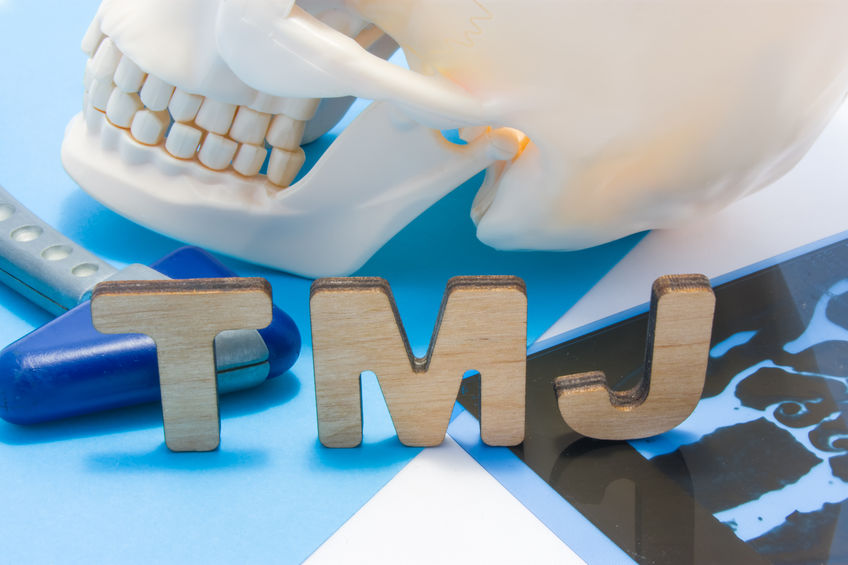Temporomandibular Joint (TMJ) Treatment
What on earth is a temprodandibular joint anyways?
The temporomandibular joints, called TMJ, are the joints that connect the lower jaw to the skull, and is associated with the jaw muscles that make it possible to open and close your mouth. Located on each side of the head, your TMJ work together when you chew, speak or swallow and include muscles and ligaments as well as the mandible. Often it is also referred to as temporomandibular dysfunction (TMD). Any problem that prevents this complex system of muscles, ligaments, discs and bones from working properly may result in a painful TMJ disorder.

Possible causes of TMJ disorder:
- Bruxism
- Clenching
- Arthritis
- Traumatic injury
- Dislocation
- Tooth or jaw misalignment

Symptoms of TMJ disorder:
- Jaw pain
- Pain across side of face
- Ear pain
- Chronic headaches
- Jaw stiffness
- "Locked" jaw
- Popping or clicking when moving mouth
- Limited range of mouth movements
One of the most difficult steps of treating TMJ is diagnosis. Examination for TMJ includes checking the joints and muscles for tenderness, clicking, popping or difficulty moving as well as doing necessary radiographs. Depending on the diagnosis, Dr. Krueger will recommend the best treatment for resolving the TMJ problems. Some of the recommendations may be night guard or oral orthotic therapy, eating softer diet, avoiding chewing gum, use of anti-inflammatory medications, moist heat packs and exercises to strengthen the jaw muscles. In cases where there is misalignment of teeth or jaws it may be necessary to adjust the shape of the teeth, do restorations, or have orthodontic treatment.